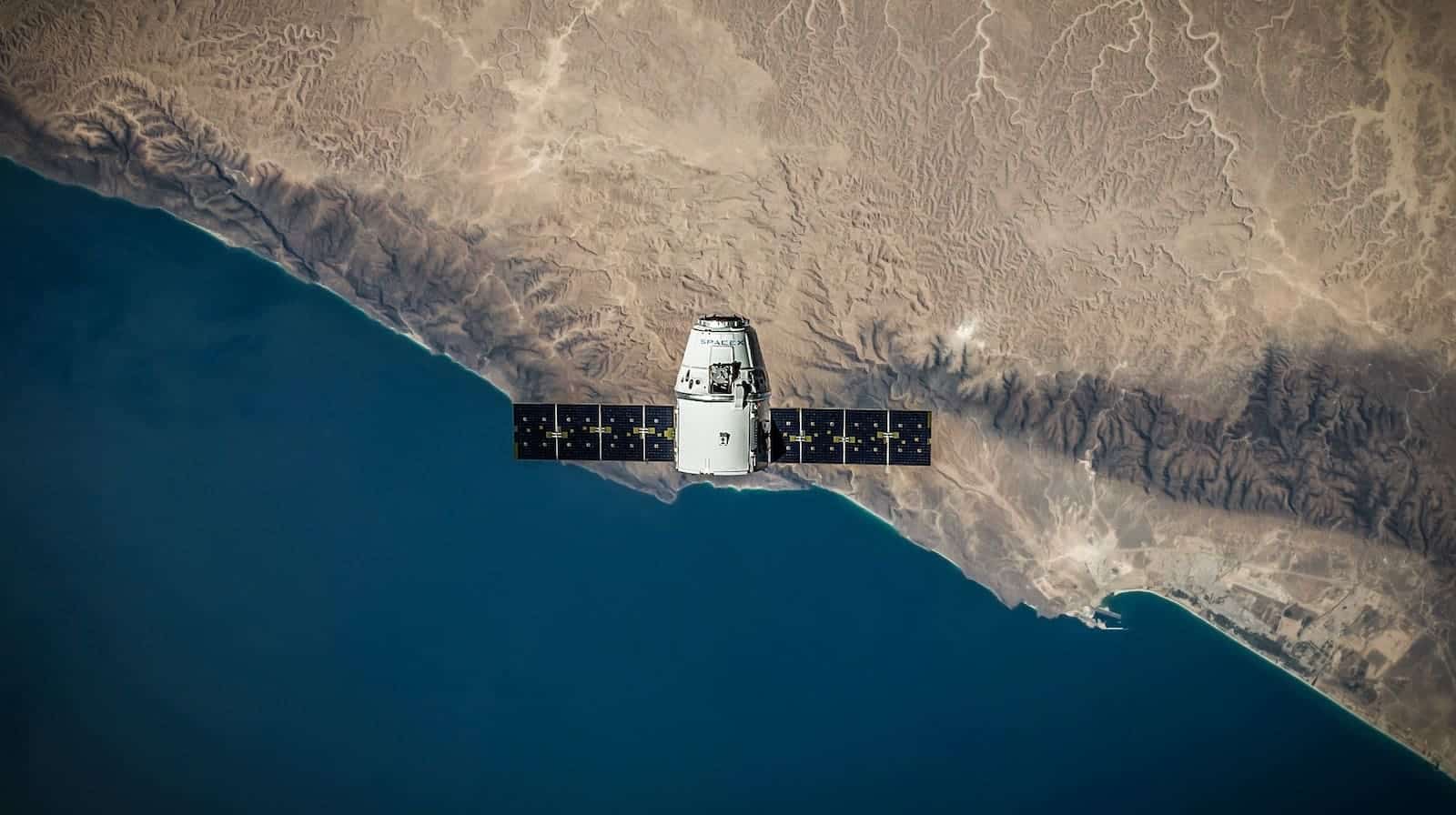The growing demand for data centers is leading the technology industry to look towards space for sustainable solutions. A recent study led by Thales Alenia Space and funded by the European Commission has yielded promising results on the technical and environmental feasibility of launching data centers into space.
Challenges on Earth
Data centers on Earth face numerous challenges:
- Energy consumption: Energy demand in the US market is expected to increase from 17 gigawatts (GW) in 2022 to 35 GW by 2030.
- Environmental impact: Contribute to global CO2 emissions and consume millions of liters of water.
- Physical space: Require large land areas, often near populated areas.
- Raw materials: Require an increasing amount of critical materials.
The accelerated adoption of artificial intelligence is intensifying these issues, creating additional pressure on the capacity and sustainability of data centers.
Advantages of orbital space
Space offers several solutions to these problems:
- Unlimited solar energy: Space data centers could use solar panels to harness energy from the sun.
- No water consumption: Water would not be required for cooling.
- Utilization of space: Would not occupy land or disturb terrestrial ecosystems.
- Protection against natural disasters: They would be safe from earthquakes, fires, floods, and tsunamis.
ASCEND Study: Technical Viability
The study Advanced Space Cloud for European Net zero emission and Data sovereignty (ASCEND) focused on two key aspects:
- Development of a reusable and eco-friendly launcher capable of transporting heavy payloads with reduced emissions.
- Viability of assembling modular infrastructures in space using robotics.
According to Damien Dumestier, study leader at Thales Alenia Space, the results are promising: “We are not relying on unknown technologies. We are based on existing or developing technology.”
Challenges to Overcome
Despite their potential, significant challenges exist:
- High costs: Developing launchers and space components will require substantial investment.
- Extreme space conditions: Equipment must withstand the radiation and extremely low temperatures of space.
- Risk of space debris: Component failure could generate dangerous orbital debris.
- Latency: Distance could affect data transmission speed.
Future Outlook
The ASCEND study projects a return on investment of billions of euros by 2050. In the next 5 to 10 years, pilot projects and concept tests are expected to be seen. Thales Alenia Space plans to deploy 1 GW of capacity in space before 2050, in line with the goals of the European Green Deal.
In Summary
While orbital data centers present significant challenges, they also offer an innovative solution to the sustainability issues facing the industry. International collaboration and continuous technological development will be crucial to turning this vision into reality. As Dumestier points out: “We still have work to do, but it is very encouraging and promising.”
Source: Revista cloud

